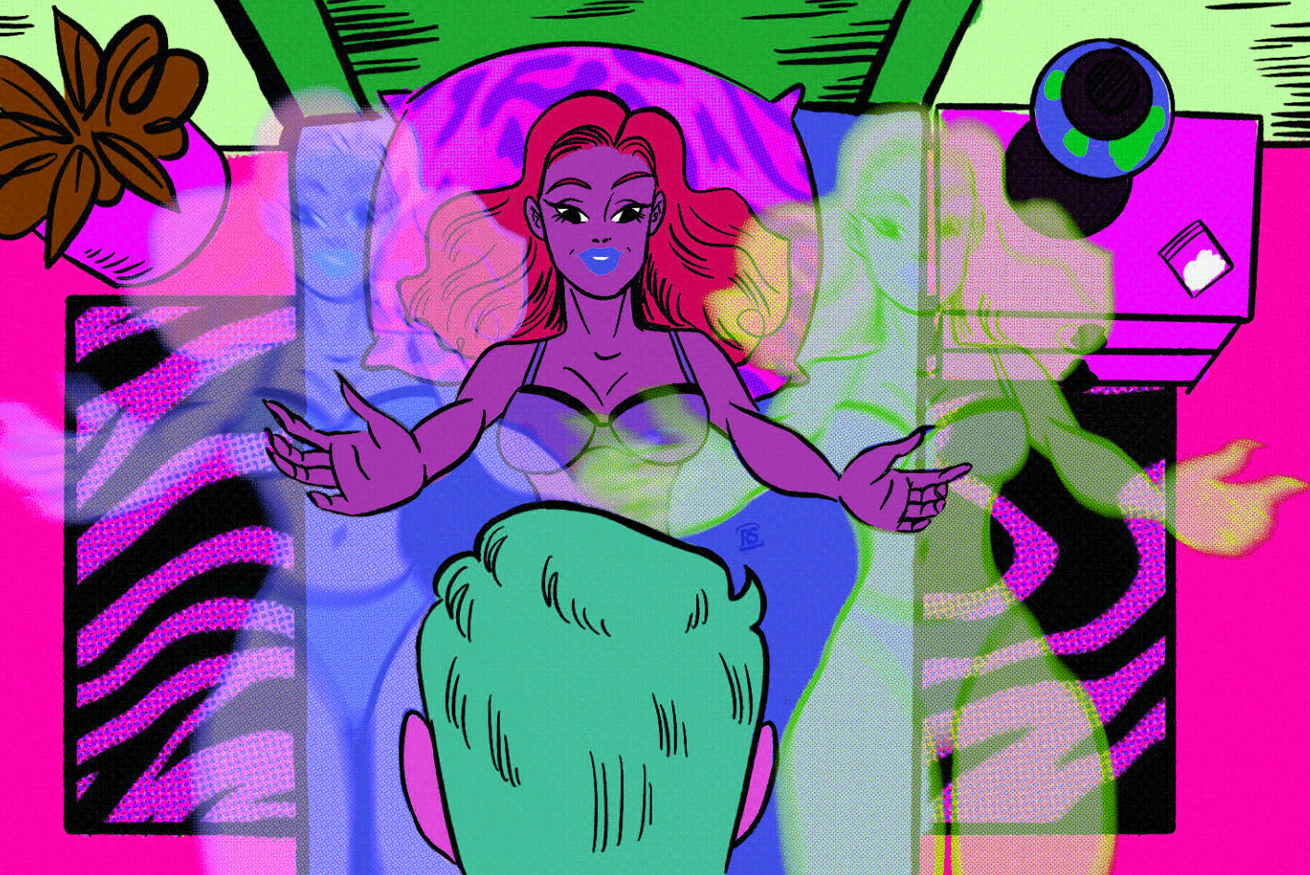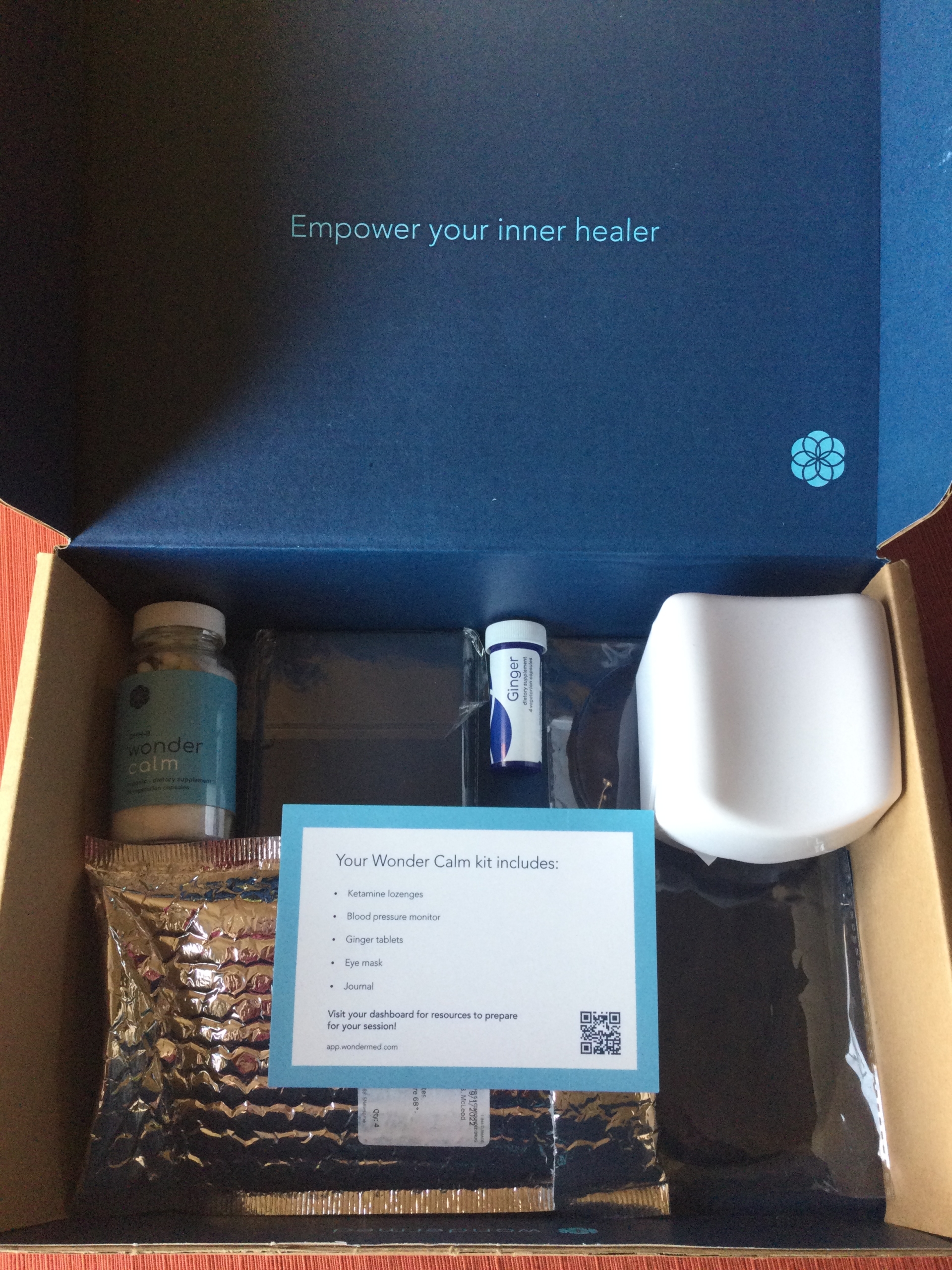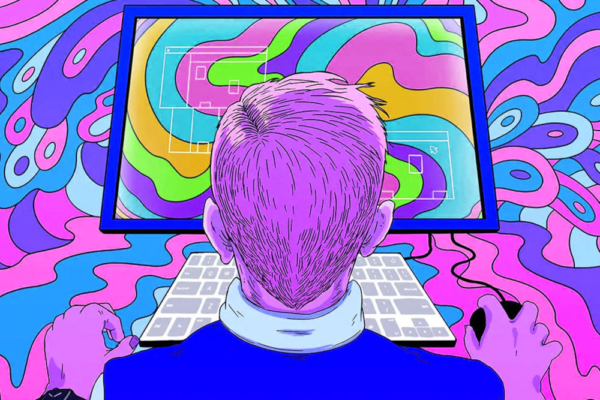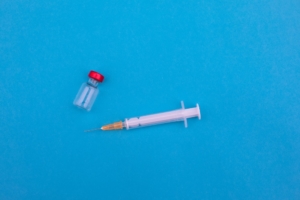
As the editor of Psychedelic Spotlight and the host of the DoseNation podcast, I am sometimes offered promotional services that are too good to refuse. It is no secret that I have been fond of ketamine in the past, so when Wondermed approached me and offered a free trial of four weeks of at-home ketamine therapy, I happily took the offer. Now that I have finished the first course of therapy, here’s how it went and here’s what happened.
Am I Eligible for Ketamine Therapy?
When accepting the offer for a free ketamine therapy trial, the first hurdle was signing up through Wondermed’s website to determine if I was eligible. As of this writing, Wondermed offers at-home oral ketamine services in California, Florida, New York, Texas, Nevada, Connecticut, Colorado, Oregon, Utah, Washington and Arizona. Once we determined I was in an approved state, I went through the sign-up process to schedule my intake appointment.
The sign-up process was lengthier than I expected and included creating an account and taking a standard five minute survey about my current mood and behavior. I don’t particularly like taking these kinds of mental health surveys because the questions and answer options are sometimes very vague, but I did my best. At some point in the process you are asked to provide payment information to continue. Wondermed’s current pricing starts at $399 for the four-session at-home oral ketamine therapy starter kit, I had a promotional code to bring this price down.
I made it through the survey and payment info page and was then told that I needed to schedule an intake appointment with an online therapist. I found an opening that was available within the next two weeks and signed up. I was trying to get this done in the middle of the workday and it took me a few sittings to complete the entire sign-up process and verify my account. I struggle with ADHD when trying to complete administrative tasks and wondered if I would have been able to complete the sign-up if I also had serious depression. But after a few tries I finally had everything set up.
What is the Intake Session Like?
Even though I had completed a mental health and mood survey at sign-up, the therapist at the intake session repeated the same questionnaire to help identify a single mood disorder that would provide an indication for the therapy. Since I have been under some personal stress lately and often have trouble with insomnia, we finally settled on anxiety and sleep disorders as things I could improve on, followed by more screening questions. The therapist then went through even more screening questions to make sure I did not have contraindications like psychosis, bipolar disorder, etc., and was very interested to talk in depth about how particular neurodivergent types like ADHD or autism may react to ketamine (TL;DR there is very little research on this subject).
There was a bit of a roadblock late in the session when the therapist asked about my previous ketamine use, and I admitted that there was a period in time over 20 years ago where I was using ketamine multiple nights a week to wind down from stress and help with sleep onset (as opposed to using alcohol in a similar manner). I also stopped doing that once I learned about the bladder irritation associated with frequent ketamine use. Because I had experienced some mild bladder irritation in the past, the intake therapist had to get approval before finalizing the prescription order. To err on the side of caution, I was eventually prescribed oral ketamine lozenges with a dose of 50mg of ketamine. From previous experience I knew this would be a very mild dose.
I was then given instructions about how to take my blood pressure, how to use the journal to set my intention, how to access their app to program music and track progress, to not drink water for a few hours before the session, to take the ginseng an hour before the session, and how to use the lozenge (you hold it in your mouth and swish it around as it dissolves for about ten minutes). As a final note, the therapist stressed that I would need to have a sitter present to watch over me in case something went wrong, such as a friend or family member (but not a child). All of these essential instructions were given at the end of a long video call and I forgot most of them. It also gave me the sense that I was being assigned a lot of homework to do before taking the lozenges.
The Unboxing
For logistical reasons it took a few weeks before I actually received the starter pack. It was another week before I actually opened the box. In the starter kit I found a wrist blood pressure cuff (which I didn’t need), a journal (which I didn’t need), an eye-mask (which I didn’t need), some ginseng tablets (to prevent nausea), and some DHH-B “Wonder Calm” tablets (I have no idea why). There was also a freezer package with a long-thawed ice pack that had been sitting in a box at room temperature for weeks. Inside this freezer pack was the 4-pack of ketamine dot lozenges. I do not remember being told that there would be a freezer pack, and there was no indication on the side of the box that the contents were chilled and perishable. I can only assume the ice pack was included to prevent the lozenges from melting. Although my package had been sitting out for weeks the lozenges appeared to be fine.

Organizing an At-Home Ketamine Session
One thing that was not in the starter kit was all the instructions I had been given about how to set up the at home session (take blood pressure, don’t drink water, take ginseng, get a sitter, use the journal, access the playlist, don’t chew the lozenge, don’t walk around while high, some instruction about taking the DHH-B??). Also, there was no information about the app or the playlist. I tried to recall the instructions from memory and felt the dull realization that remembering all of the steps and setting up four weekly sessions with a sitter to provide proper oversight was never going to happen. It’s not that I wasn’t capable of doing it, I just didn’t have the time to think about it.
At home ketamine therapy gives you all the tools you need to be your own clinician, but that was my biggest problem with the process. I did not have the time or focus to be my own clinician and schedule my own sitter and make sure to set my intention and take my blood pressure and so on. I could barely finish the intake process, and by the time I finally went through my starter kit I could barely remember how I was supposed to use the lozenges.
I went back through the box and found a card with a link back to the Wondermed portal and found all of the instructions and session protocols I had forgotten. There was a lot of information about how to set up a session, but I didn’t see anything about needing to have a sitter present. This made it much easier for me to schedule and I made a note to set aside a weekend afternoon to try the therapy. I ultimately didn’t end up using any of the tools in the kit other than the lozenges, but I tested the blood pressure cuff (batteries not included) and my blood pressure was fine.
How Does Oral Ketamine Therapy Feel?
When I finally found a free afternoon to try the ketamine therapy, I lied on the bed and took my first 50mg lozenge. I was instructed to hold the lozenge in my mouth and swish it around as it dissolved for a period of ten minutes —the ketamine is supposed to be absorbed by the mucus membranes in your cheek and gums. Ten minutes is actually a long time to hold something in your mouth without swallowing, so I spent this time thinking about the intention of my trip. I had been feeling a lot of grief and anxiety recently and wondered if the therapy would help turn some of that around.
Unfortunately 50mg was not enough of a dose to have much of an effect. Within 12 minutes I felt a little light headed and my vision became blurred, but beyond that the effects were very mild. Within 30 minutes the experience was over and I was back to normal with some mild readjustment in balance and I stood up and began to walk again. There was no significant change in mood or outlook, other than it was nice to spend a half hour laying in bed meditating quietly, even if the ketamine did not do much.
A few days later I decided to try two lozenges and take a 100mg dose. Since I had experience with ketamine and knew what to expect I did not think this would be a problem. Again, I lied on my bed and dissolved two lozenges in my mouth, thinking about the things that had been troubling me. This time, within 12 minutes, I was feeling the familiar sensation of gravity giving way and my body blurring sideways in space. The old ketamine world was opening up and I found myself entering a place I instantly recognized.
The ketamine high is hard to describe, but it is like entering a crack in reality where time stops and an eternal space opens up. I felt like my body was hovering, rolling in space, and I was totally disconnected from the world. I meditated on the word “dissociative” and marveled that I was now completely detached from the memory of my grief and anxiety —I could not tap into those feelings at all. I was in a timeless, eternal place where none of those worldly concerns mattered anymore. The 100mg dose made all the difference.
Even though the trip was extremely peaceful and calming, it only lasted about 35 to 40 minutes in total. As the effects wore off I returned to the mundane world and my worries and anxieties slowly crept back in. However, I was now in a very calm and relaxed state and was able to spend the rest of the evening in quiet contemplation before eventually settling in to sleep.
Did the ketamine therapy work?
After weeks of screening and preparation the experience of taking the ketamine lozenges was admittedly something of a let down. Although I was able to get a pleasant trip from the lozenges, the duration of the trip was very short and I do not think I had any major breakthroughs or changes in perspective. All of the trappings that went along with the at-home therapy seemed overly complicated and unnecessary —it was, after all, just a prescription for ketamine. It seems like something I should have been able to pick up at the pharmacy for a few dollars in a single afternoon instead of going through weeks of screening and consultation and starter kits and all the prep work for a healing journey.
In retrospect, all the fretting over instructions and intentions and blood pressure didn’t seem to have any positive impact, it just added hurdles to actually trying the experience to see what would happen. There were no instructions for what to do if my blood pressure was too high, or if my intentions disappeared once the drug began to take effect. I did take some notes with my phone’s speech-to-text features, and the core takeaway from those notes is how frustrated and exhausted I am by having to constantly mask in a society that does not have many spaces for neurodivergent people. This was not really a revelation as much as it was a return to an issue I constantly face whenever I try to take a deep dive into my personal discontent. Despite returning to this issue, and verbalizing it into my note taking app, the ketamine therapy offered no easy answers to dealing with this issue —in contrast, it just reminded me how this is a lifelong issue that will never go away.
The ketamine therapy was supposed to last for four weekly sessions, but since the doses I was given were so low I was only able to get one complete session out of the introductory deal. I was sent an email reminder to schedule my follow-up therapy, and wondered if there might be some kind of integration session, but no. The follow-up therapy was just a continuation of the ketamine prescription for another 4 weeks at a cost of $299, which seemed very pricy for the level of relief it offered. I declined to continue the treatment because it did not appear to be a fix for whatever was troubling me. For people with intense depression, this therapy could be a life saver, but the cost seems far too high for what you actually get, and when the drugs wear off, you are basically on your own again.





